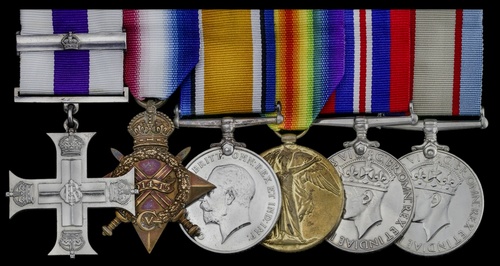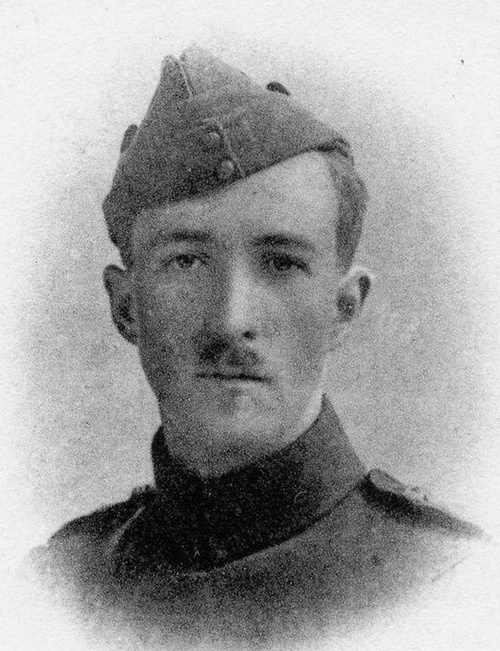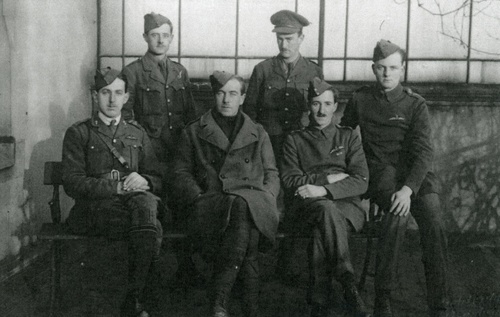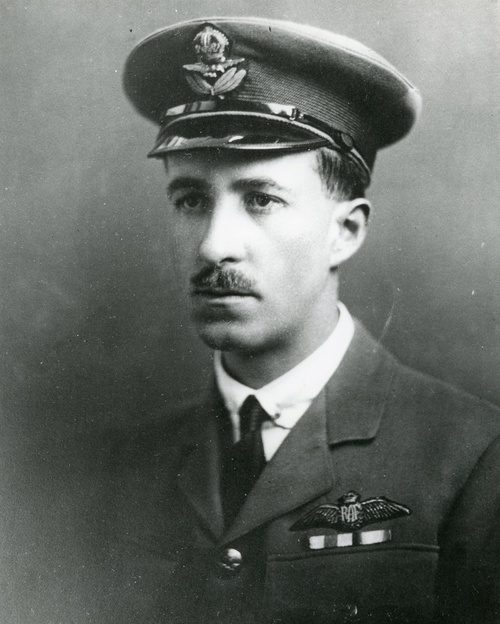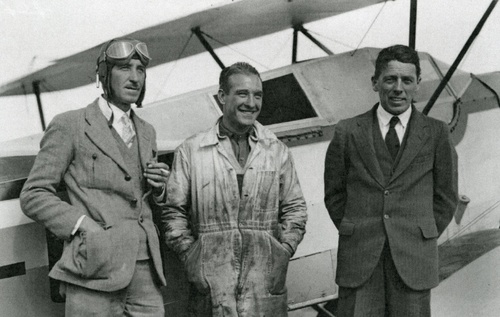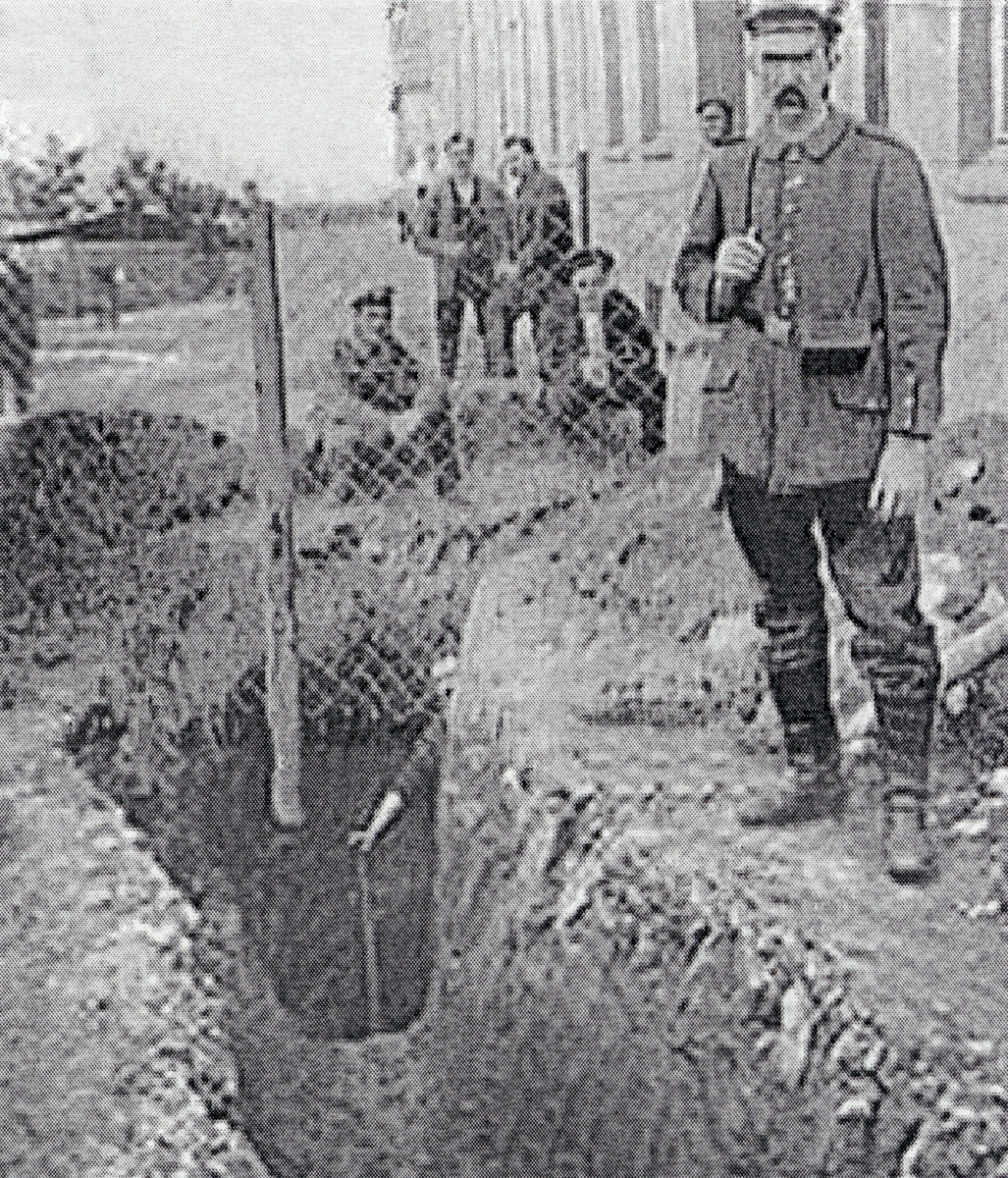Auction: 19002 - Orders, Decorations and Medals
Lot: 401
A remarkable Great War pilot's M.C. and escaper's Second Award Bar group of six awarded to Squadron Leader E. W. Leggatt, Royal Australian Air Force, late Wiltshire Regiment, Royal Flying Corps and Royal Air Force
Having cut his teeth as an Observer in No. 6 Squadron in the summer of 1915, he qualified as a pilot and returned to the fray in No. 10 Squadron in early 1916, winning an immediate M.C. before being downed and taken prisoner
Leggatt was subsequently among those who participated in the sensational 'first Great Escape', emerging from the tunnel at Holzminden Camp in the summer of 1918 and making a successful 'home run' to England; it is worthy of mention that of some 8,000 officers held in captivity in Germany, just 40 or 50 made a successful bid for freedom
Post-war he forged a successful career 'down under' teaching the famous aviatrix Millicent Bryant, together with a generation of Australian aviators in his capacity as Chief Instructor of the Aero Club of New South Wales
Military Cross, G.V.R., with Second Award Bar; 1914-15 Star (2. Lieut. E. W. Leggatt. Wilts. R.); British War and Victory Medals (Capt. E. W. Leggatt. R.A.F.); War Medal 1939-45 (251694 Leggatt E. W.); Australia Service Medal 1939-45 (251694 Leggatt E. W.), good very fine (6)
Exhibited:
Scramble, Spink, April 2018.
M.C. London Gazette 30 March 1916:
'For conspicuous gallantry and skill when on patrol. 2nd Lieutenants Leggatt and Howe attacked a hostile machine and drove it down. They then climbed again and attacked another. Under heavy fire from this machine, by a combination of good flying and shooting, they hit the enemy pilot and damaged his engine, forcing him to descend within our lines. The enemy were made prisoners.'
Bar to M.C. London Gazette 16 December 1919:
'In recognition of gallantry in escaping from captivity whilst Prisoners of War.'
Edward Wilmer Leggatt was born on 12 February 1892 at Bareilly, United Provinces, India and was educated at Rugby.
By the summer of 1914 he was fruit farming in Canada and he immediately enlisted in the Canadian Expeditionary Force. Sailing with the 1st British Columbia Battalion, he was quickly selected for a commission in the Wiltshire Regiment but within days he was seconded to the Royal Flying Corps.
Opening operations
Leggatt subsequently served in France as an Observer with No. 6 Squadron from 16 May 1915, being advanced Flying Officer on 21 October. He had a notable brush with the enemy in a patrol on 25 August:
'Lieutenant Cooper-King and Lieutenant W. E. Leggatt set out in an F.R. armed with two machine-guns. When over Polygon Wood at a height of 11,400 feet, the pilot saw a hostile Biplane over Hooge and dived to 7,200 feet, getting within 100 yards of the enemy. Both machine-guns were fired simultaneously and the German aeroplane was seen to dive, turning in the direction of Menin … apparently hit.'
Thence trained as a pilot, he was granted his Royal Aero Club Certificate (No. 2124) on a Farman Biplane at Shoreham Military School on 2 December. Once qualified, he joined No. 10 Squadron - equipped with BE2cs - in early 1916.
And it was in a combat fought on 29 February that Leggatt claimed a convincing 'kill':
'While on patrol sighted an Albatross north of the Bethune-La Bassee Canal, flying towards the lines at about 6,500 feet. 2nd Lieutenant Leggatt again chased and steadily overhauled the German, opening fire at 150 yards. The hostile machine dived, followed by the BE2c still firing. The German's propeller was now seen to slow down and his machine dived more steeply. The BE2c continued diving after him until within 1000 feet of the ground and keeping up a fire all the time. The hostile machine was seen to land and turn upside down two miles south of Merville. The pilot of the hostile machine was wounded in the leg and he and his Observer were taken prisoner. Tracer bullets are reported by Lieutenant Leggatt to have been of considerable assistance.'
In the bag
Promoted Captain on 13 May - and having joined No. 2 Squadron as a Flight Commander - Leggatt's luck ran out 9 August, whilst flying in BE2d '5741' in the Bethune-La Bassee area. He takes up the story:
'Near Lens, my machine came down spinning, through the rudder control being shot away, but I was not wounded nor injured in falling.
August 9-18
I was taken to a deep dug-out where I was kept for two or three hours and then removed in a motor ambulance to Douai, where I was interviewed by a General Officer and Interpreters. They questioned me as to position of my aeroplane and of the Flying Corps Headquarters in England, and as to my Squadron Commander's name, all of which information I refused.
They also asked whether Vickers and Avro planes were then being used by us, to which I replied yes. As a matter of fact they were not.
Afterwards an Artillery Officer came in and tried to get back-door information; and while I was at Douai, Lt. Eric Schroder, an Observer, German Flying Corps, came and conversed with me, probably with the same intention. He introduced me to the three Officers of the Kite Balloon I was trying to shoot down when my machine was hit. They were civil, but stiff.'
Having moved through various Prisoner of War Camps in the following weeks and months, under varied treatment and conditions, Leggatt arrived at the Holzminden Camp in May 1918.
Holzminden - Great Escaper
Offizier Gefangenen Lager, Holzminden had ' … flung its hospitable gates open to its English guests' in September 1917. Shortly afterwards the elderly Commandant was removed and the reign of the villainous Hauptmann Karl Niemeyer - notorious for the victimisation of Leefe-Robinson, V.C. - commenced. A few escape attempts were made in the early days, but not one officer succeeded in crossing the bounding River Weser, whilst Niemeyer became 'blatantly cocksure that a successful escape from his camp was a total impossibility.'
Leefe-Robinson spent the majority of his time in solitary whilst at Holzminden and despite his death officially being credited to the flu pandemic of 1919, the Daily Sketch offered a differing view:
'In reality [he was] driven to death by the notorious Niemeyer … He was murdered by Niemeyer, who was resolved to employ every instrument of cruelty against him.'
Small wonder that British ingenuity and cunning was quickly to the fore in escape activity, the challenge being taken up by the 'Holzminden Tunnelling Co. Ltd.'. A working party of 13 began to construct a deep and structured tunnel some 60 yards in length, concealed under a staircase in the orderlies' quarters in Kaserne B. Working for nine long months, always at the risk of discovery - and the retribution that would follow - the tunnellers made steady progress.
The 'Great Escape' was set for the night of 23 July, by which date 86 officers - including Leggat - had made 'The List' of would-be escapers. The whole plan was almost scuppered when an officer not 'in the know' attempted to make a solo escape over the wire of the camp. He was thankfully caught in the act by members of the 'Tunnelling Co. Ltd.' and ejected from the plans, without jeopardizing the pending breakout.
Late on the chosen day, Leggatt, with fellow officers Tullis and Purves, was given the signal to move - whispering in Hindistani, 'Munshi' Gray, Indian Army sent them on their way. The plan was going without a hitch and some 29 officers exited the tunnel under cover of darkness. But the next mand out, laden with hiking material, caused the tunnel's roof to partially collapse, thereby halting the escape.
Nonetheless, ten of the 29 who got out made successful 'home runs', the first past the post being the camp's S.B.O., Colonel Rathbone, who travelled the entire journey by train, using a forged passport. Three members of the 'working party' were next, followed by Leggatt, Tullis and Purves, who safely made a Quarantine Camp on 19 August.
Leggatt duly added a Bar to his M.C.
Subsequent career
Demobilised in 1919, Leggatt took up an appointment on a short service commission and served as a Flying Officer in the Royal Australian Air Force from 1923-26. In this period he met and taught Millicent Bryant, who went onto become the first Australian woman to be granted a Licence:
'Nine months after her husband's death, Millicent began training for her pilot's licence with her first flight occurring on 15 November 1926 in a white-coloured DH60 Moth biplane. This was with the famous WWI fighter pilot and flight instructor, Captain Edward Wilmer Leggatt, flown from open grass paddocks of the NSW branch of the Australian Aero Club at Mascot.' (see https://collection.maas.museum/object/353609)
The pair clearly formed quite a bond, for following her death in November 1927, Leggatt commanded a flight of five aircraft which circled above the funeral cortege, dropping a wreath of red carnations and blue delphiniums.
Taken on as Instructor to the Aero Club of New South Wales in the period 1926-29, Leggatt flew for the Australian Aerial Services in 1929-30 before returning as Chief Instructor to the Aero Club of New South Wales from 1930.
Recalled during the Second World War and commissioned in July 1940, he commanded No. 3 & 7 E.F.T.S. and served at 1 Station (R.A.A.F.), Point Cook, Victoria before returning home to Nutwood Cottage, Hindhead Road, Godalming, Surrey.
Sold with a silver cigarette case, hallmarks for Birmingham 1923, 155mm. x 90mm. x 17mm., the inner gilt, the cover engraved 'F/O. E. W. Leggatt. M.C. From The Officers of, R.A.A.F. 1-7-26.', and two original 'Message and Signal' sheets related to his 'kill' and award of the M.C., the whole housed within a file of research.
Note
A number of original items associated with Leggatt's memorable escape are held in the collection of the Imperial War Museum, including his compass (EPH 3681), Panama hat (EPH 3682), torch (EPH 3684), pocket bible (EPH 10390) and moccasins (EPH 3683).
A documentary film entitled The First Great Escape, was produced by National Geographic in 2014.
Subject to 20% VAT on Buyer’s Premium. For more information please view Terms and Conditions for Buyers.
Sold for
£5,500
Starting price
£3800

